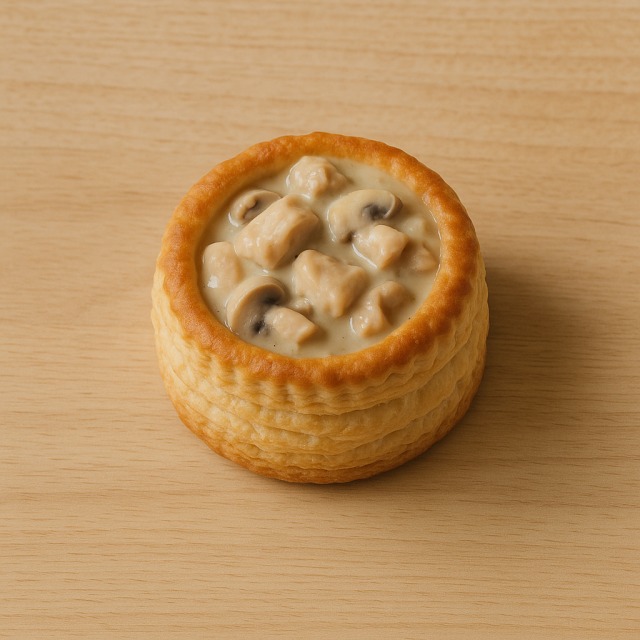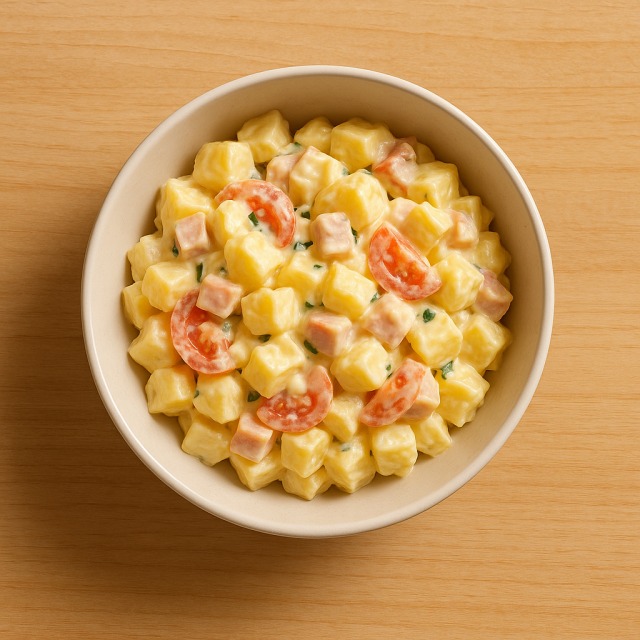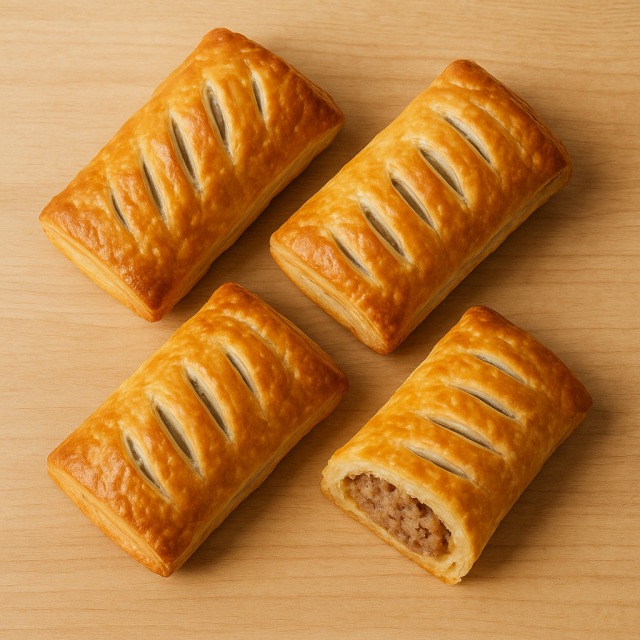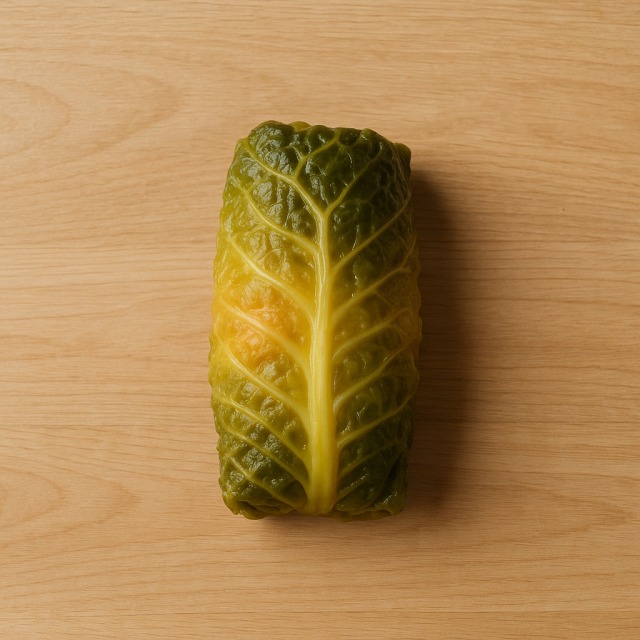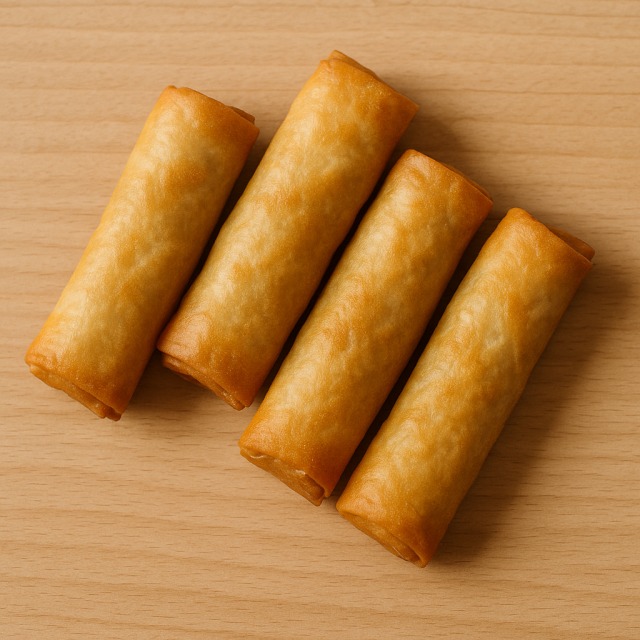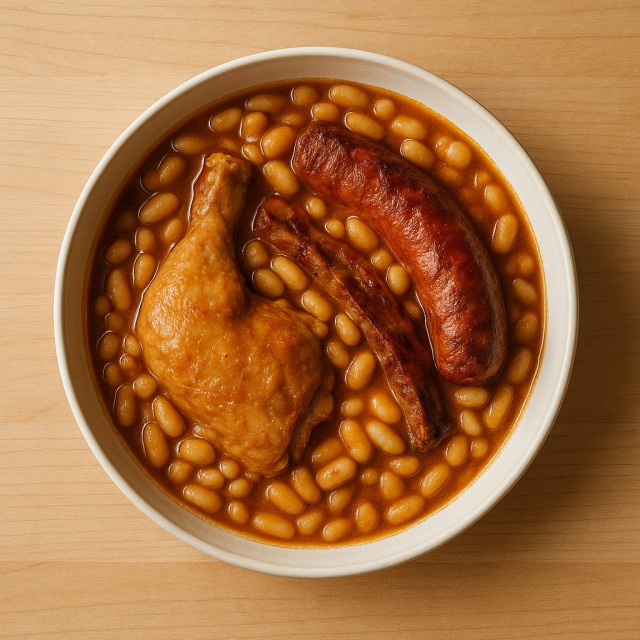Calorie Chart / Recipes / Couscous
How Many Calories Are in Couscous?
Calculation of the nutritional value & Recommended Dietary Intake of couscous
For g and a calorie requirement of kcal
| Calories 560 kcal | Proteins 32 g | Lipids 21 g | Carbohydrates 61 g |
| 28% | 43% | 31% | 22% |
Health benefits of couscous
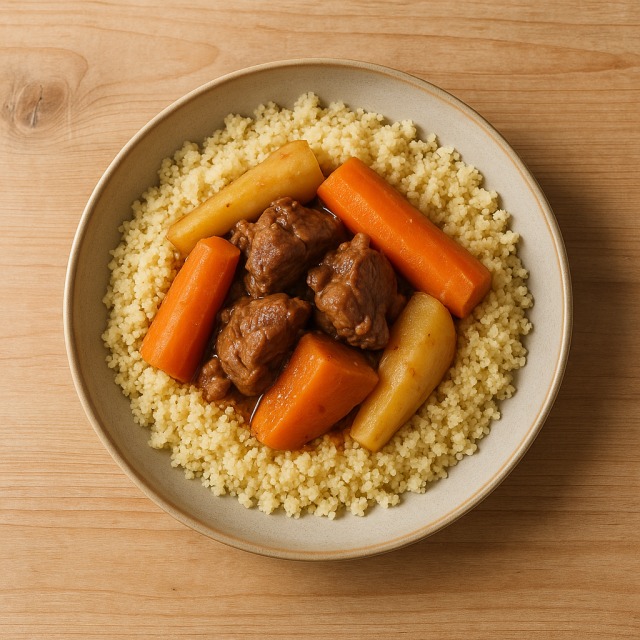
Couscous - 100g
Calories 160 kcal
Proteins 9 g
Lipids 6 g
Carbohydrates 17.5 g
Steamed durum wheat semolina, couscous supplies around 160 calories per 100 g, which classifies it as a moderate-calorie starchy food: lighter in calories than pasta yet slightly richer than plain rice. Those calories come mainly from complex carbohydrates that release energy gradually, helping to avoid sudden blood-sugar peaks.
Nutrient-wise, the 9 g of protein support muscle maintenance, while the 6 g of lipids are mostly unsaturated. Couscous provides useful amounts of selenium, manganese and iron, as well as B-group vitamins (notably B1 and folate) that assist energy metabolism—particularly important when you monitor calories. A small but significant dose of fibre (≈2 g/100 g) further slows the utilisation of calories and promotes satiety.
Although humble, couscous also contains lutein and zeaxanthin, plant pigments believed to support eye health (evidence is still limited, hence "believed"). Historically, Berber communities prized it for delivering many calories from minimal ingredients while remaining easily digestible during long caravan journeys across the Sahara.
Because couscous is made from wheat, it naturally contains gluten; people with coeliac disease can switch to quinoa. For everyone else, its moderate calories, low saturated fat and plant proteins make it a versatile base in a balanced menu.
Tips for incorporating couscous into a balanced diet
To keep calories under control, build a plate where couscous covers about one quarter, lean protein another quarter, and colourful vegetables the remaining half. For example, combine 60 g of dry couscous with a grilled chicken breast, roasted carrot sticks, and steamed zucchini. This arrangement provides plenty of volume without exploding calories.
Try the traditional Maghreb stew: simmer spices, chickpeas, carrot, zucchini and a touch of harissa, then ladle the fragrant broth over the couscous. Because the vegetables add water and fibre, they increase satiety while diluting calories.
Athletes who need extra calories before a long run can enrich the grain with diced raisins, toasted almonds, or a portion of slow-cooked lamb shoulder. Conversely, if weight loss is the goal, limit the dry measure to 40 g and compensate with more vegetables; the difference can save well over 100 calories in one sitting.
Couscous also works cold. Turn yesterday's leftovers into a tabbouleh-style salad with diced tomato, cucumber, mint, and a spoonful of yogurt dressing. Served in a lunch box, it offers balanced calories, refreshing flavours, and zero waste.
Frequently Asked Questions
- How many calories are in couscous?
- Couscous delivers 160 kcal (calories) per 100 g.
- Is couscous good for weight loss?
- Yes, provided the portion is modest; replacing half the grain with vegetables like broccoli keeps calories low while boosting volume and fibre.
- Does couscous contain gluten?
- Absolutely. It is made from wheat semolina, so anyone with coeliac disease should opt for gluten-free grains such as quinoa.
- How much protein is in couscous?
- About 9 g of protein per 100 g—helpful if you need plant protein to balance animal sources like salmon.
- What is the glycaemic index of couscous?
- Its GI is medium (≈65–70). Pairing it with fibre-rich foods lowers the speed at which its calories reach the bloodstream.
- Is couscous healthier than pasta?
- Couscous and pasta have similar calories, but couscous cooks faster and supplies a little more selenium; choose according to texture preference and calorie goals.
Similar foods
Information provided by Calorie Menu may contain inaccuracies or errors. It cannot, under any circumstances, substitute medical advice or medication.
